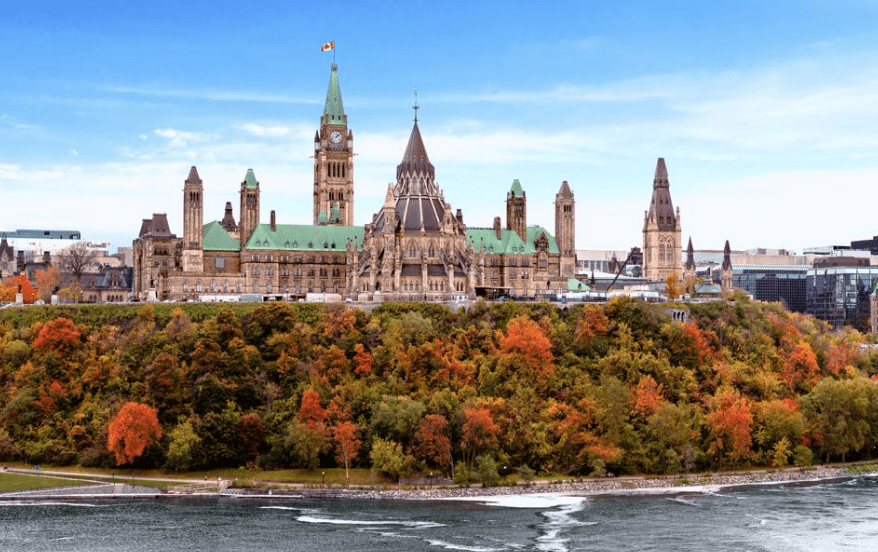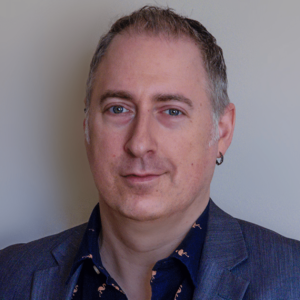As the current "hybrid" parliament continues to trundle along, and the normalization of appearance by video starts to nestle in the brains of MPs, while some senators are now demanding the same, there are warning signs of other damage to our institutions that are starting to creep up in places. As much as some MPs claim that these changes will only be for the duration of the pandemic, I'm not mollified by these assurances given that a number of MPs most of them Liberals have been pushing for these changes years before the pandemic began, and you can bet that they are already looking for ways to make them permanent. Nevertheless, it's important to enumerate some of those areas so that we can track how things deteriorate.
One of the less obvious ways in which the pandemic is damaging parliament is the massive expansion in constituency services by MPs. The Samara Centre for Democracy's recent report, Representation in Isolation, surveyed 130 MPs about their experiences during the pandemic and showed a huge increased workload among MPs in their constituencies as they took over a lot of service delivery for constituents when Service Canada centres closed, which is absolutely alarming. Even more concerning were Samara's recommendations that MPs' offices be further expanded with upgraded technology and dedicated information lines to civil service departments as a means of dealing with this expansion something that should be resisted because the expansion of constituency work is already impacting on the work of MPs to a great extent.
Remember that constituency work is supposed to be in the minority of an MP's duties. Yes, meeting with constituents to understand their concerns so that they can be represented in parliament is one thing, but the service delivery, particularly when it comes to immigration files, is quite another. Already too many staff resources are being devoted to these kinds of casefiles, and not enough time to things like studying the Estimates and the Public Accounts, which are the actual core of an MP's job. The fact that MPs' offices spent the early part of the pandemic replacing Service Canada, and in some cases having the MP pay for travel arrangements for constituents stuck out of country in the rush to repatriate citizens as borders started to close is a red flag that should never have happened, particularly because this can easily cross lines of appropriateness or being ripe for abuse. There should have been other avenues that could be explored particularly once the government created a special fund for it but MPs should never be the travel agency of last resort for Canadians, regardless of circumstance.
If Samara's suggestions for expanded digital infrastructure for MPs' offices or equivalent for rural areas with poor broadband connectivity and dedicated lines to public service departments are created, these will again become permanent features, not temporary ones. This will only expand the workload of the MPs' offices, but also add to the expectation that MPs should be doing this kind of work of going around regular civil service channels, thus creating further degradation of the normal channels, and opening new avenues for corruption, where it becomes a game of who you know, or ensuring that you stay in the MP's good books, if you want to have your outcomes delivered by the civil service. And yet this kind of mission creep never gets mentioned, while MPs and staff, both current and former, flatter themselves about the necessity of this kind of work.
Another warning sign that was buried in the Samara report was about how parties were using communication to their own MPs during the early days of the pandemic, which should be carefully monitored the longer these "hybrid" sittings carry on. One example cited was how the Bloc Québécois created an "Information Whip" to summarize the daily updates to federal aid programs that were being rolled out, and to provide Q&A documents for MPs to use. This is great on the surface, but centralizing where information is coming from is a means by which the party leadership can both ensure that MPs are reliant on it, and can control the flow of information in a way that suits their purposes particularly partisan ones. If MPs rely on this information service provided by their party leader, and it frames programs or supports in a way that fits its narrative best and prior to the pandemic, we did see Conservative MPs sending out misleading mailouts to constituents that complained about the carbon price without mentioning the associated rebates that would more than pay for the price in most households it does a disservice to both the MP and the constituents.
Another warning that was mentioned in the report was a single MP mentioning that virtual caucus meetings make it "difficult for MPs to provide organized dissent." This is also an important red flag because "hybrid" and virtual meetings for MPs keep them atomized and from being able to compare notes in person, or to persuade one another about issues that they may need to push back against their leadership on. The longer that MPs continue avoid meeting in person particularly those from outlying regions of the country who are content to not come to Ottawa either because of distance or local travel restrictions related to the pandemic the more that the leader's office is able to expand its influence through the control of information and keeping MPs from organizing in ways that can push back, and that's a huge erosion of what few checks against the leaders' powers that exist currently.
As the pandemic progresses, we'll continue to see stories that praise the hybrid sittings and which will tell all about the benefits, particularly for MPs with small children, and how this is "about time," and "should be here to stay." The downsides will be either ignored or chalked up to "partisanship" (as the Samara report does in places), which is dangerous for parliament's future. We should be treating what's happening with caution and exploring the downsides, but there is little appetite for that which makes it all the more important to do.






